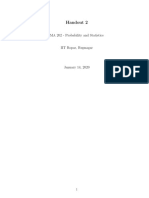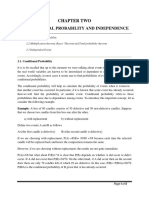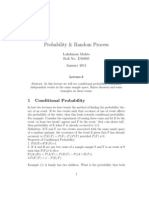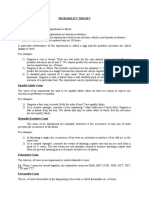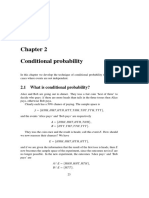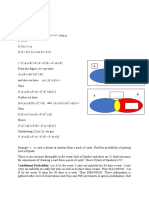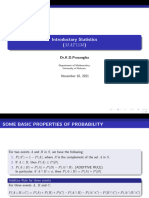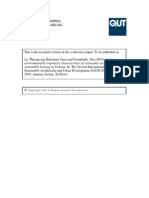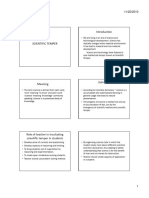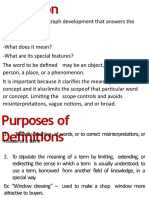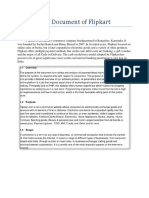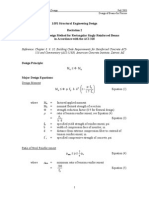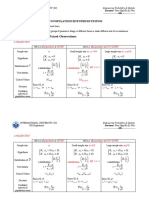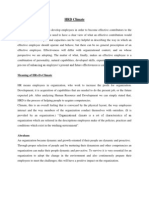0% found this document useful (0 votes)
30 views6 pagesStudent Notes 1.3
The document provides an overview of conditional probability, Bayes' theorem, and related concepts in probability theory. It explains how to calculate conditional probabilities, independence of events, and the total probability rule, along with practical examples. Additionally, it discusses prior and posterior probabilities, the implications of Bayesian analysis, and includes questions for further consideration.
Uploaded by
202218et518Copyright
© © All Rights Reserved
We take content rights seriously. If you suspect this is your content, claim it here.
Available Formats
Download as DOCX, PDF, TXT or read online on Scribd
0% found this document useful (0 votes)
30 views6 pagesStudent Notes 1.3
The document provides an overview of conditional probability, Bayes' theorem, and related concepts in probability theory. It explains how to calculate conditional probabilities, independence of events, and the total probability rule, along with practical examples. Additionally, it discusses prior and posterior probabilities, the implications of Bayesian analysis, and includes questions for further consideration.
Uploaded by
202218et518Copyright
© © All Rights Reserved
We take content rights seriously. If you suspect this is your content, claim it here.
Available Formats
Download as DOCX, PDF, TXT or read online on Scribd
/ 6
